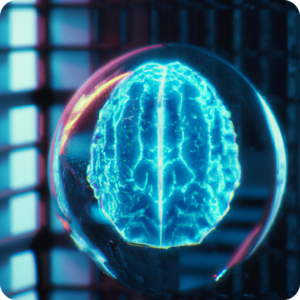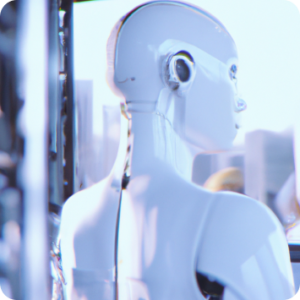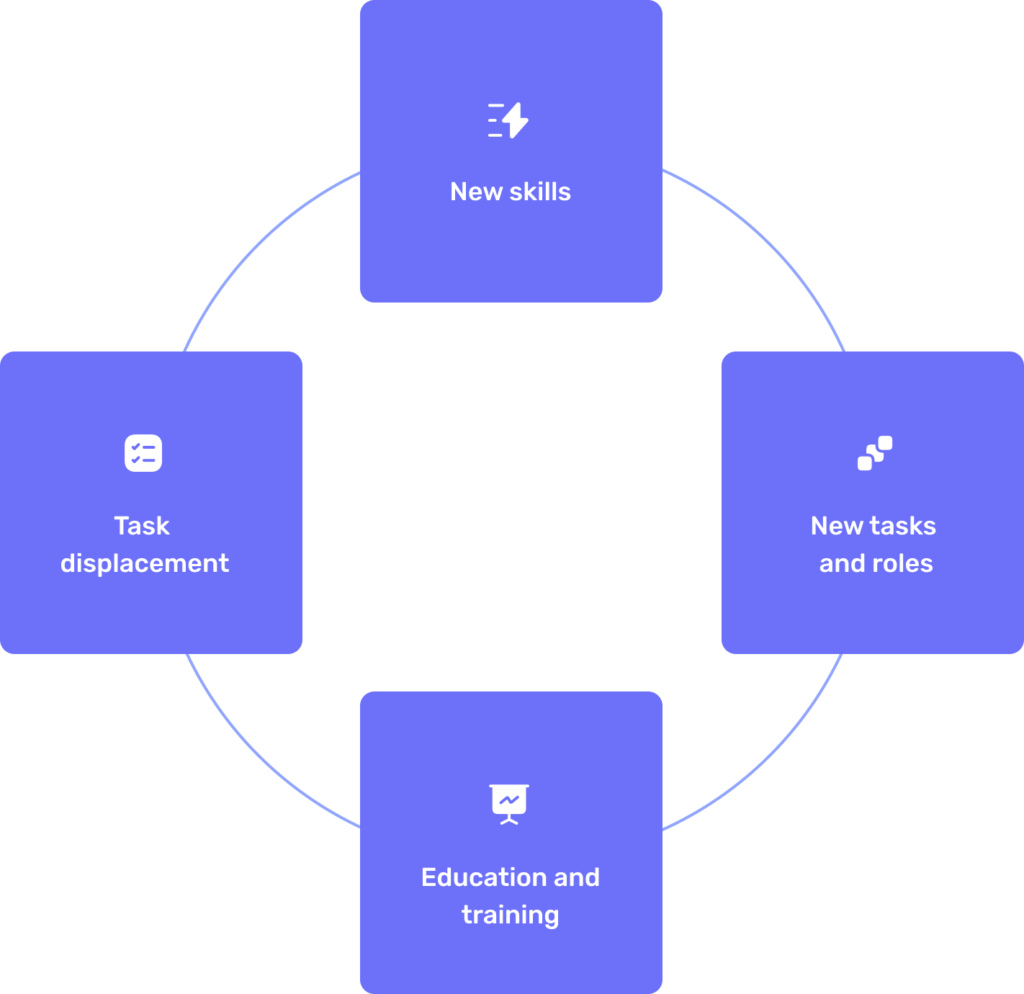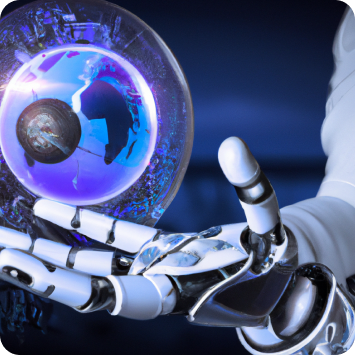Five in Five
Five key facts at a glance!
- There are different categories of AI, and to date ANI (Artificial Narrow Intelligence) is the only one that has been realized, but potentially ASI (Artificial Superintelligence) could exceed the capabilities of a human brain.
- The global artificial intelligence industry is thriving, and consequently, albeit not as fast, the first regulations are being developed around the world to govern the associated risks.
- Along with its abilities to accelerate menial and routine tasks, identify patterns and support decision making to improve business, AI also threatens certain types of jobs and increases different cyber security risks.
- The adoption of smart technologies in accounting will require new skills, and more focused education as well as the creation of specific roles to support the business.
- In finance and accounting AI can be used to review procedures, evaluate internal controls, assess risk, make decisions regarding going concerns, predict bankruptcy and aggregate auditing data.
What is Artificial Intelligence?

Image credit: created with Dall-E
A trending topic lately, artificial intelligence (AI) has potential applications across all sectors of society that could shape the global economy and our security.
The multinational consulting firm McKinsey defines AI as the ability of a machine to perform the cognitive functions we associate with the human mind, in other words to mimic human intelligence to perform tasks.
While AI is already automating tasks that are usually done by humans which is benefitting the workplace generally, it is still far from replicating a human brain ー let alone exceeding its capabilities.
AI is playing an increasing role in supporting human decision-making and is being used in diverse areas in finance and accounting: from overseeing capital projects, and fraud detection, to developing and managing investment portfolios or generating financial forecasts and predictions.
What are the different types of AI?

Image credit: created with Dall-E
While it is a complex and still-evolving field, the US business magazine Forbes has divided AI into categories, ranked in order of AI’s ability to reproduce human capabilities.
Starting from the simplest ー or least-evolved ー form these are:
Artificial Narrow Intelligence (ANI)
ANI represents all existing forms of AI. It can only do what it has been programmed to do. This category incorporates:
- Reactive Machines: One of the oldest and most limited forms of AI, this type is able to respond to specific stimuli in a narrow context but not to learn anything from previous experience. Examples here are your email spam filter or IBM’s chess champion super computer, Deep Blue.
- Limited Memory: These forms “learn” from a set of historical data and combine it with a set of current observations to make complex classifications that support decisions. Machine Learning (ML) fits into this category and these applications are among the most widely-used types of AI today, (e.g. restaurant recommendations based on location, or fraud detection based on historic data and current numbers, or the prediction of stock prices based on historic performance and market indicators).
Deep Learning is a subset of machine learning that uses algorithms called neural networks modelled on the functioning of the human mind to identify and analyse complex relationships within the data to make predictions, recognize patterns, and make decisions. Deep Learning uses enormous quantities of data and requires substantial processing power, but can learn and improve over time.
Current examples in use are facial recognition applications, obstacle detection on roads in autonomous driving, and neural networks trained to identify cancerous tumours. In accounting and finance, examples include automated tax processing, credit risk analysis, portfolio optimization, algorithmic/robotic trading, and regulatory compliance.
A brief word on Generative AI
Thanks to the astounding and spectacular successes ㄧ and failures ㄧ of Microsoft-funded OpenAI’s Chat GPT, Google’s rival BARD system, and the soon-to-be-launched Chinese “ERNIE bot” (or Wenxin Yiyan) from BAIDU (China’s Google equivalent), generative AI is being ardently debated, thrusting artificial intelligence to the centre of attention.
Generative AI systems are a form of machine learning that focuses on creating new content in the form of text, image, or sound. This type of artificial intelligence is fed enormous quantities of unstructured (unorganized, unlabelled) data and left unsupervised to learn from the patterns it finds in the data using mostly statistical techniques (algorithms).
ChatGPT ㄧthe GPT stands for Generative Pretrained Transformer ㄧ is receiving so much attention currently because of its almost freaky ability to generate a human-like, reasonable-sounding output for almost any prompt. It has already been used to pass university-level exams and write judgements in legal cases, as well as to write phishing emails and online articles.
This has accelerated the existential fears first raised in science fiction and later fanned by Hollywood that AI will first replace our jobs and ultimately exterminate the human race. General informed consensus however is that we are extremely far from that scenario both in terms of technological capacity and algorithmic sophistication.
While AI may eliminate certain types of jobs ㄧlargely menial and repetitive in nature ㄧ it is also likely to create many new requirements and jobs, such as for experts to moderate or guide the output, or for technicians to interact with it and translate human requirements into “machine-speak”.
Artificial General Intelligence (AGI)
AGI agents are being developed to replicate humans’ multifunctional capabilities.
- Theory of Mind: This is still largely theoretical, although much progress is being made. These AI systems will be able to better understand the thoughts and emotions of the humans they interact with and adapt their behaviour accordingly. There is still much work to be done across all branches of AI to reach this level, especially because of the difficulty in capturing and “systematizing” humans’ transient emotions and the multitude of human reactions possible. Envisaged applications here are care-giver AI-driven androids.
Artificial Superintelligence (ASI)
While the previous two categories of AI are only partially autonomous, the development of Artificial Superintelligence is the “holy grail” of future AI development, namely to equal or surpass the intelligence, reasoning and consciousness of humans.
- Self-aware: This stage of AI would be evolved enough to think and feel itself, to interpret the thoughts and feelings of others, and to respond. Self-aware AI is still completely hypothetical; the algorithms and hardware to support it do not yet exist.
The state of play of AI globally

Image credit: created with Dall-E
Worldwide, the AI industry is thriving. Every year, more and more companies and governments around the world are adopting AI solutions.
According to PwC, AI will generate $15.7 trillion in global revenue by 2030. Those who take initiative now will benefit the most.
PwC’s AI Business Survey found that companies that take a more holistic approach to AI, focusing on achieving three business objectives, namely:
- improved decision making,
- business transformation,
- systems modernization,
see greater success than those that take a singular approach.
The Global Artificial Intelligence Market Report published by the US Department of Commerce’s US Commercial Services presents a brief overview of the major global AI hubs outside the United States, based on global rankings derived from the number of AI companies clustered in each territory, the amount of venture capital, and the number of related research institutions.
Europe ranks behind the United States and China in terms of funding, number of companies and total investment. The continent’s main Al hubs are the United Kingdom, France, Germany and Sweden.
The EU’s main advantage is its large educated workforce and open access to other international hubs. In addition, the EU’s regulatory framework is one of the first in the world thanks to its introduction of state-of-the-art standards and regulations.
Regulation
USA
US government agencies are producing AI guidelines in several areas.
Given the speed at which AI is developing and the competition among companies, the US National Institute of Standards and Technology (NIST) has published a framework for risk management and mitigation, which will impact how US government agencies and companies assess and manage AI risks.
EU
The EU has outlined three categories of risk for AI systems:
- Unacceptably high-risk AI systems are those involved in critical infrastructure such as law enforcement, healthcare, education or financial services e.g. applications that conduct real-time surveillance or facial recognition for law enforcement, social scoring systems for use by public authorities, or AI-driven weapons systems,
- Limited risk applications (e.g. AI-based customer service, automated chatbots, AI-based home assistants)
- Minimal risk AI systems (e.g. AI-driven software for document analysis, automated translation services, AI-based marketing platforms) .
The draft regulation proposes different requirements depending on the level of risk they pose. For example, systems in the unacceptable risk category would not be allowed to be used in the territory while limited risk systems would be subject to the broader set of requirements.
The regulations will have extraterritorial reach, meaning that any AI system delivering results within the European Union would be subject to the regulations, regardless of where the provider or user is located.
China
China is also working to create and implement AI-focused regulations.
Beijing has already imposed one of the world’s first AI restrictions on “deep fakes” ㄧ the use of machine learning technology to impersonate a person’s image and voice is now required by law to be reported.
Consequences of applying AI in finance

AI in accounting and auditing can be used to
- Implement greater internal controls;
- Conduct cost and variance analysis in management control systems;
- Execute continuous auditing and generate real-time financial information;
- Provide decision support;
- Conduct risk assessment;
- Classify transactions for control accounting;
- Systematically and automatically review documents to detect anomalies and fraud;
- Automate rules-based, repetitive and high-volume work; and more.
Broader application of AI in the accounting and auditing professions is expected to increase efficiency, productivity and accuracy, accelerate and improve decision making, reduce accounting costs, and free accounting staff from low-level activities to focus on higher-value tasks, in spite of the challenges of a technologically unskilled workforce.
There is therefore a vital need to review the training required in accounting departments.
Regulatory and standards-setting organizations in the accounting field must also consider the impact these new technologies will have on financial reporting standards and the transparency of the data produced by machine learning models.
Regulators should encourage the adoption of smart technologies in accounting practice and push the development of AI understanding and its associated risks. Compliance requirements and regulations are likely to evolve rapidly.

Image credit: created with Dall-E
Other consequences include:
1. Reduced accuracy: since AI is susceptible to errors, it can lead to inaccurate financial results or incorrect audit conclusions.
2. Potential for fraud: companies that rely too heavily and only on AI may become vulnerable to bad actors and fraudsters who could manipulate the system to their advantage.
3. Data privacy issues: AI algorithms must be trained on large datasets, which raises privacy concerns if the data is not properly secured.
4. Increased complexity: AI technologies can create very complex systems that may be difficult to understand and manage, which could lead to potential errors, unexpected results, and unforeseen consequences.
AI’s pros and cons

Image credit: created with Dall-E
While AI has the ability to compute more powerfully and classify information more effectively and efficiently than humans to improve work efficiency, it is generally very expensive to train and run, carries ethical risks, threatens certain types of employment, and can potentially be highly destructive if used for malicious intent by the wrong people.
Its powerful potential for destructive ends recently prompted a group of Oxford University researchers to recommend that advanced AI should, therefore, be regulated as strictly as nuclear weapons technology.
Nevertheless, AI is here to stay. As with all technology, it is a double-edged sword, and it behoves smart CFOs to embrace its potential and consider how to harness its capabilities to ethically further their business objectives, while improving the working environments of their teams.




